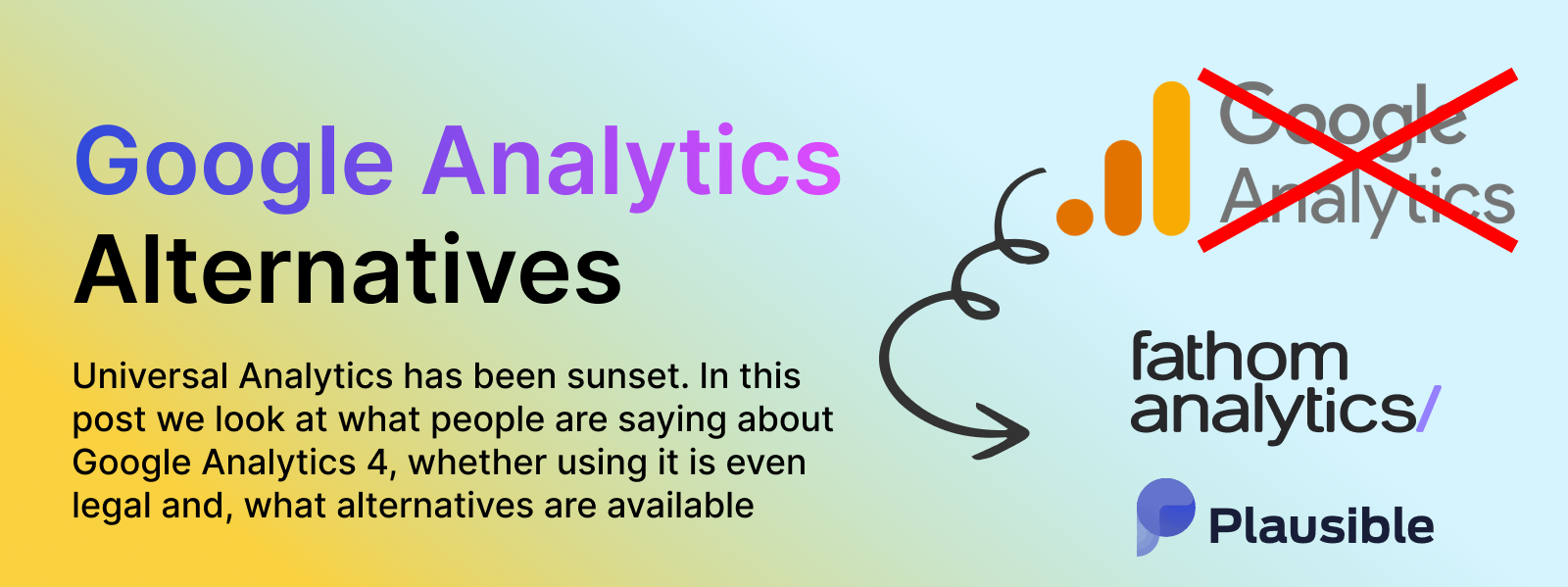- How do you recommend products that have just launched on your store?
- How do you show related products for a newly launched products? These are questions that recommendation platforms like PureClarity look to solve. Stores want their new products recommended to customers so they quickly get sales - and want relevant recommendations to other products when customers view them.
Some competing platforms would just either not show any recommendations for a few days, or show something generic such as “Best Sellers”. We’ve seen some platforms even call the recommendations, “Best Sellers” and just pick random products from other products in the same category!
How to recommend newly launched products
Firstly, the product needs to be known to the platform. PureClarity accepts product feeds several times a day from stores, and can be sent a quick update about an individual product. PureClarity can even be updated when a user views the product page!
Secondly, the recommendation strategies need to take into account these new arrivals. Products can be flagged as new, and PureClarity will recommend these as "New Arrivals" as part of the recommendations on the site's homepage
Finally, you can manually recommend these products. PureClarity allows you to create your own recommendations, so you can quickly create custom recommendations to promote your launch. This allows you to choose a snappy title and pick the products to recommend which can help promote them.
Finding related products to newly launched products
It can be several days before there are enough sales and views of a product to make worthwhile suggestions about related products. Typically recommendation engines will use various machine learning algorithms to find related products. These include:
FPM (frequent pattern mining)
This algorithm takes sets of related items, and finds which are frequently in sets together. This is often used with order data, to create a “Frequently Bought Together” recommender, i.e. what customers bought at the same time as other products.
Collaborative Filtering
This algorithm looks at events over time, i.e. a user bought product X, and later bought product Y. In this way if someone else has bought product X, they can be recommended Y. This approach is used on services such as Netflix.
For brand new products, there is no data to run machine learning algorithms on. This is where other “cold start” strategies are used.
Cold Start Recommendation Strategies
At its simplest, “cold start” recommendations involve using data other than purchases and views to find related and recommended products.
PureClarity attempts to show “Similar and Related” products when there is no order history for a product. We use a mixture of similar product titles, and weightings based on product categories and other attributes. These heuristics result in other similar products being recommended.
Other strategies include visually similar. In these systems the product image is analysed by a machine learning algorithm, and products with similar images are found. This can work well in certain industries (fashion for example).
Conclusion
As you can see, recommendation platforms can handle recommending newly launched products. PureClarity always attempts a mix of strategies, starting with the “strongest” set of recommendations, and falling back to more general strategies if there is no data.
When considering a recommendation platform, look to see how automated they are and how they handle situations such as new products.



